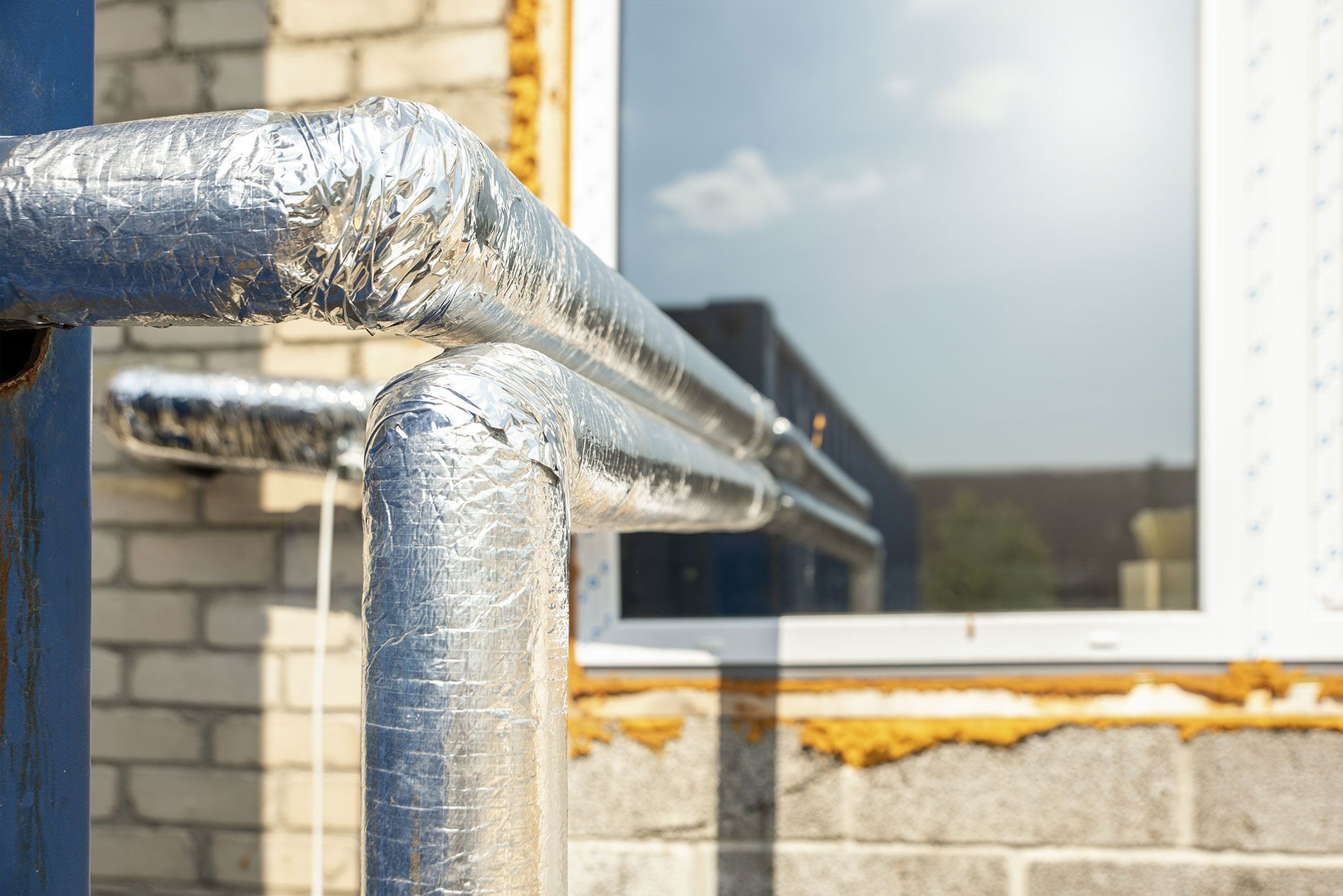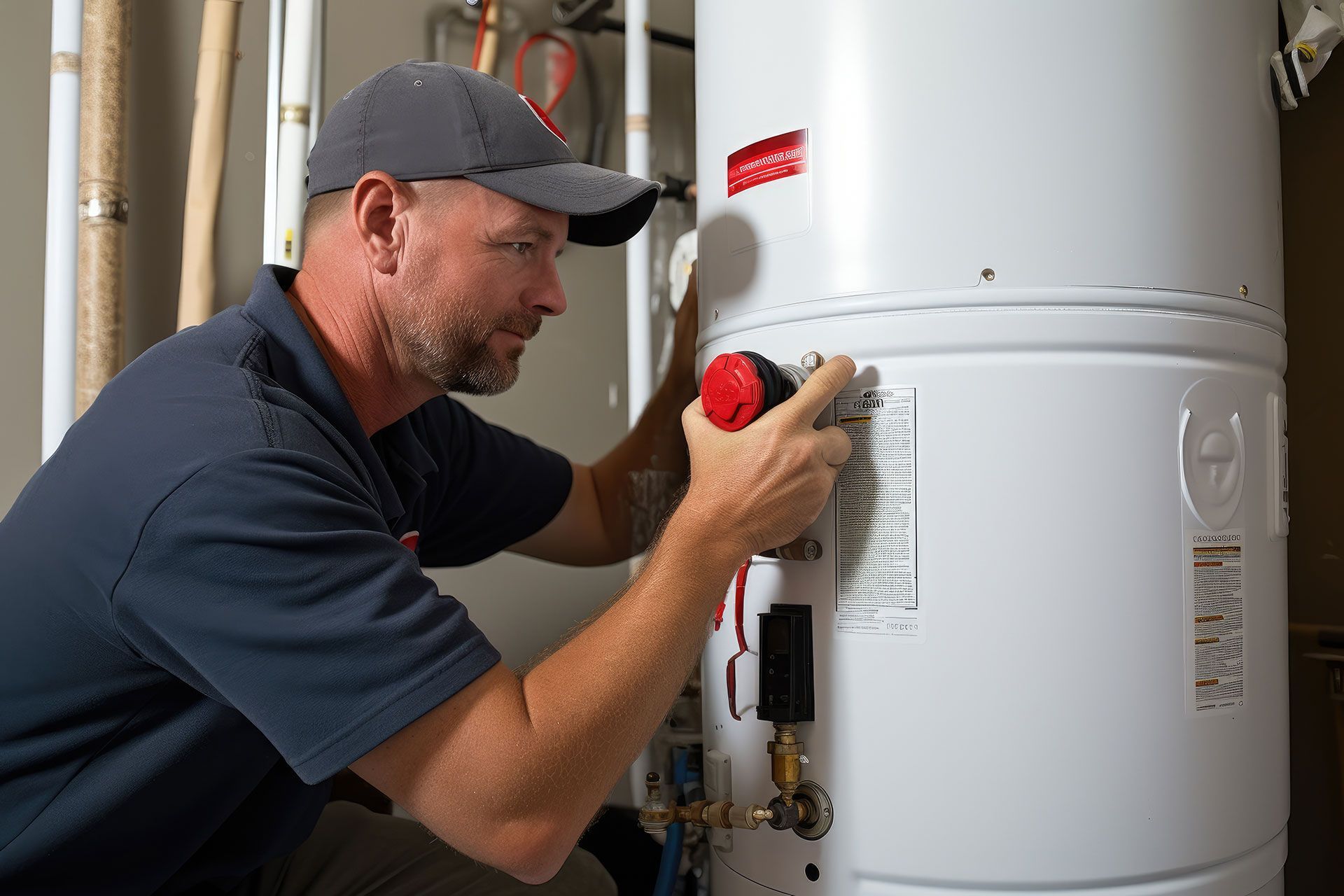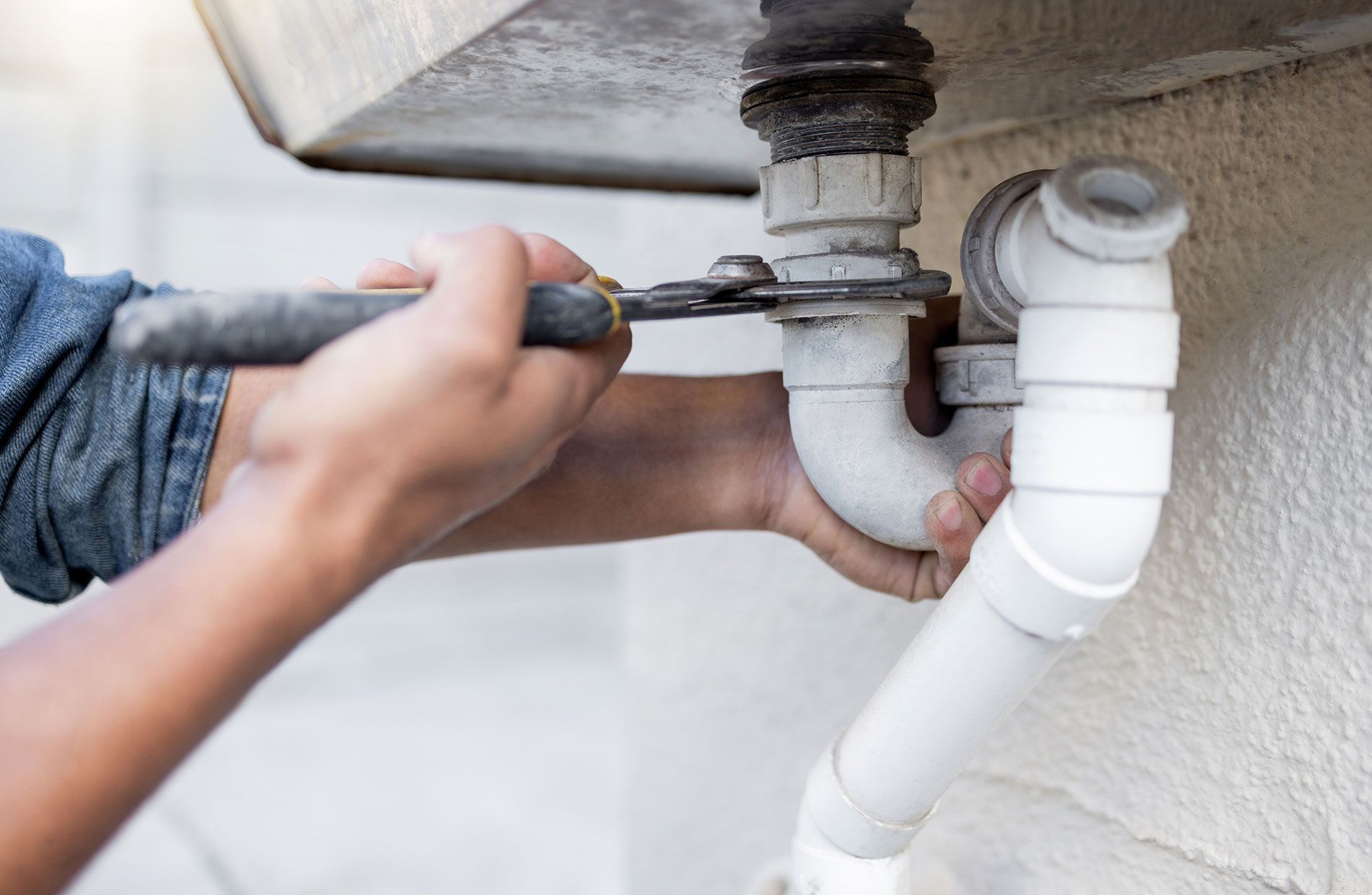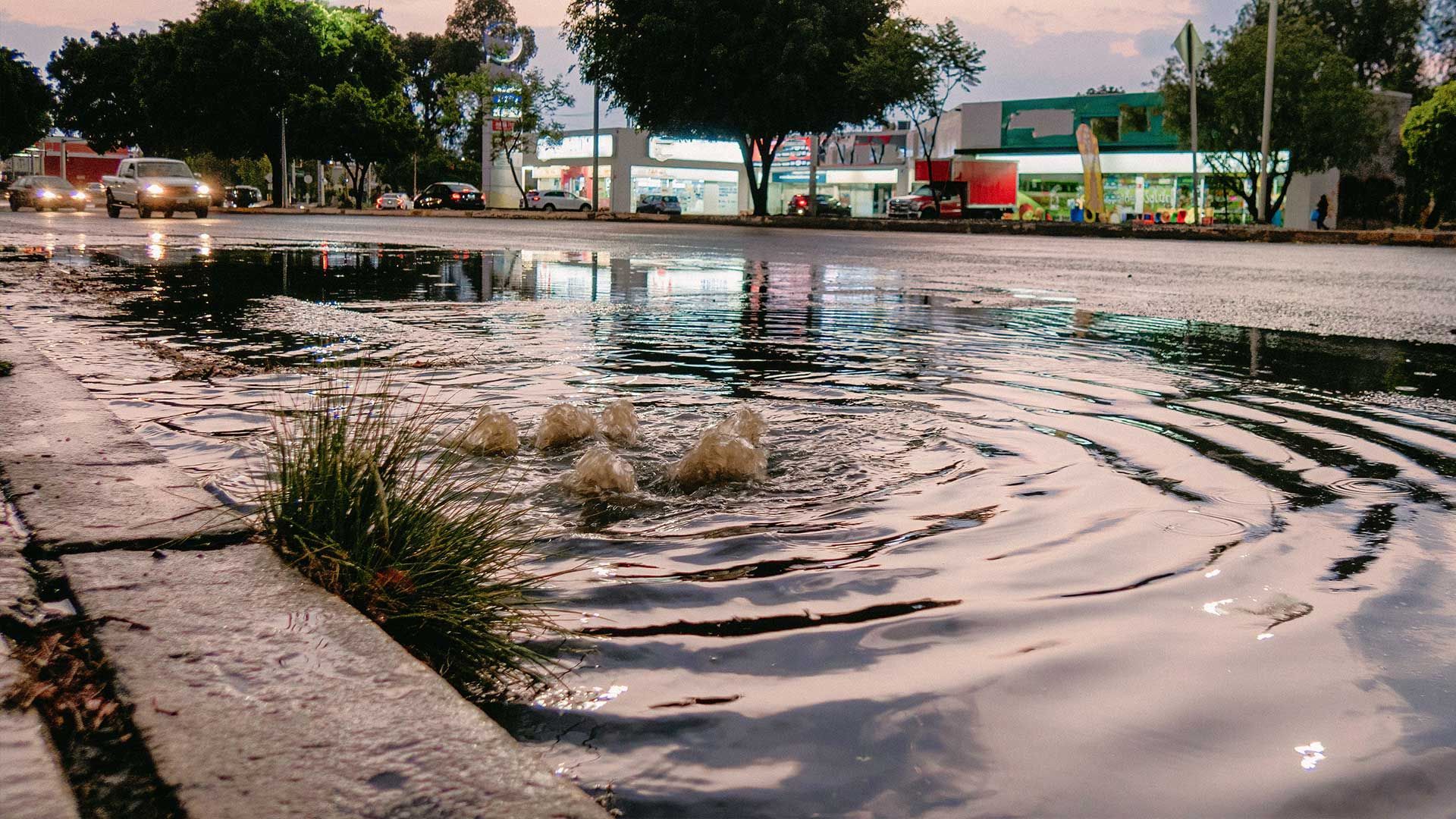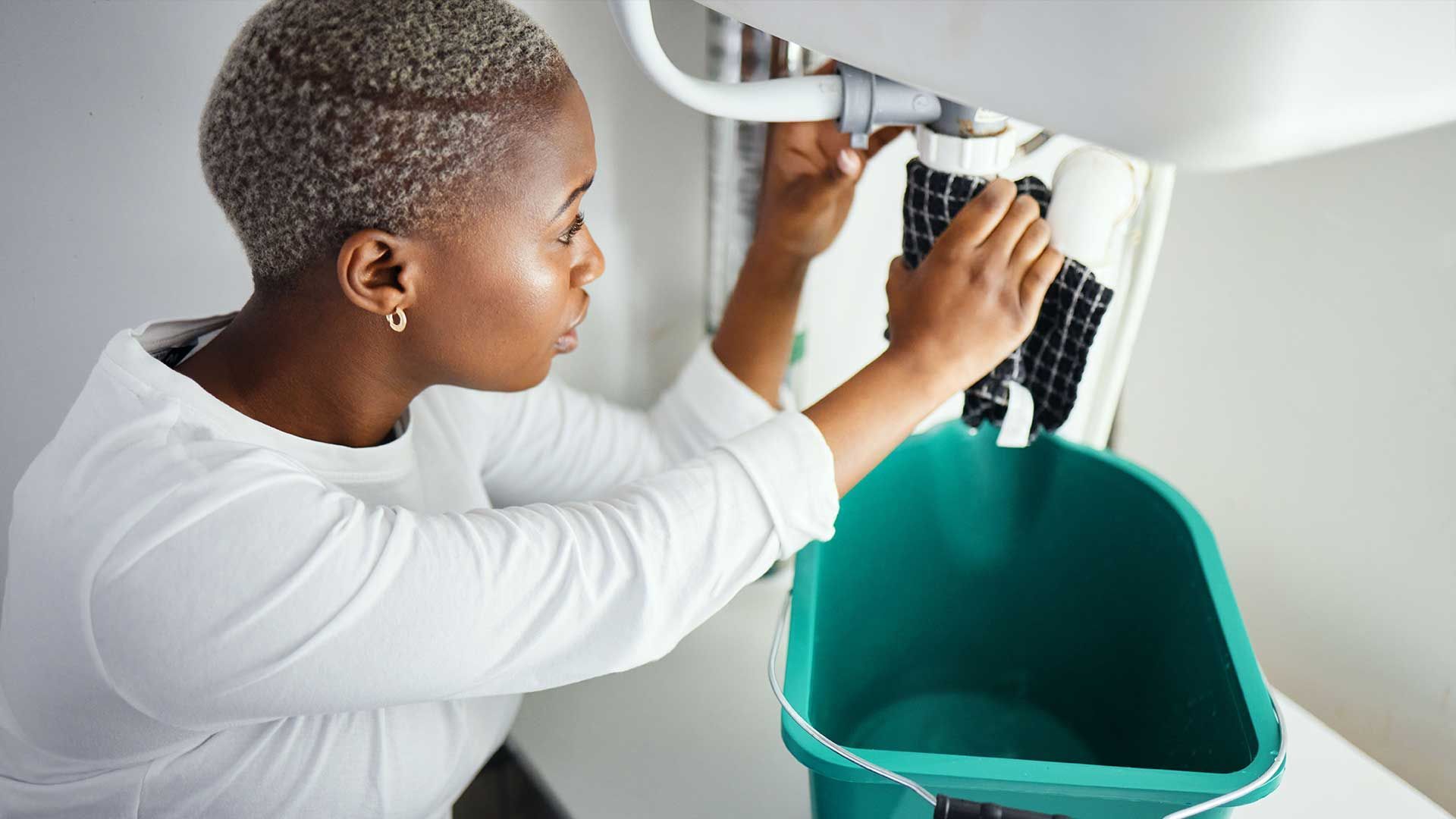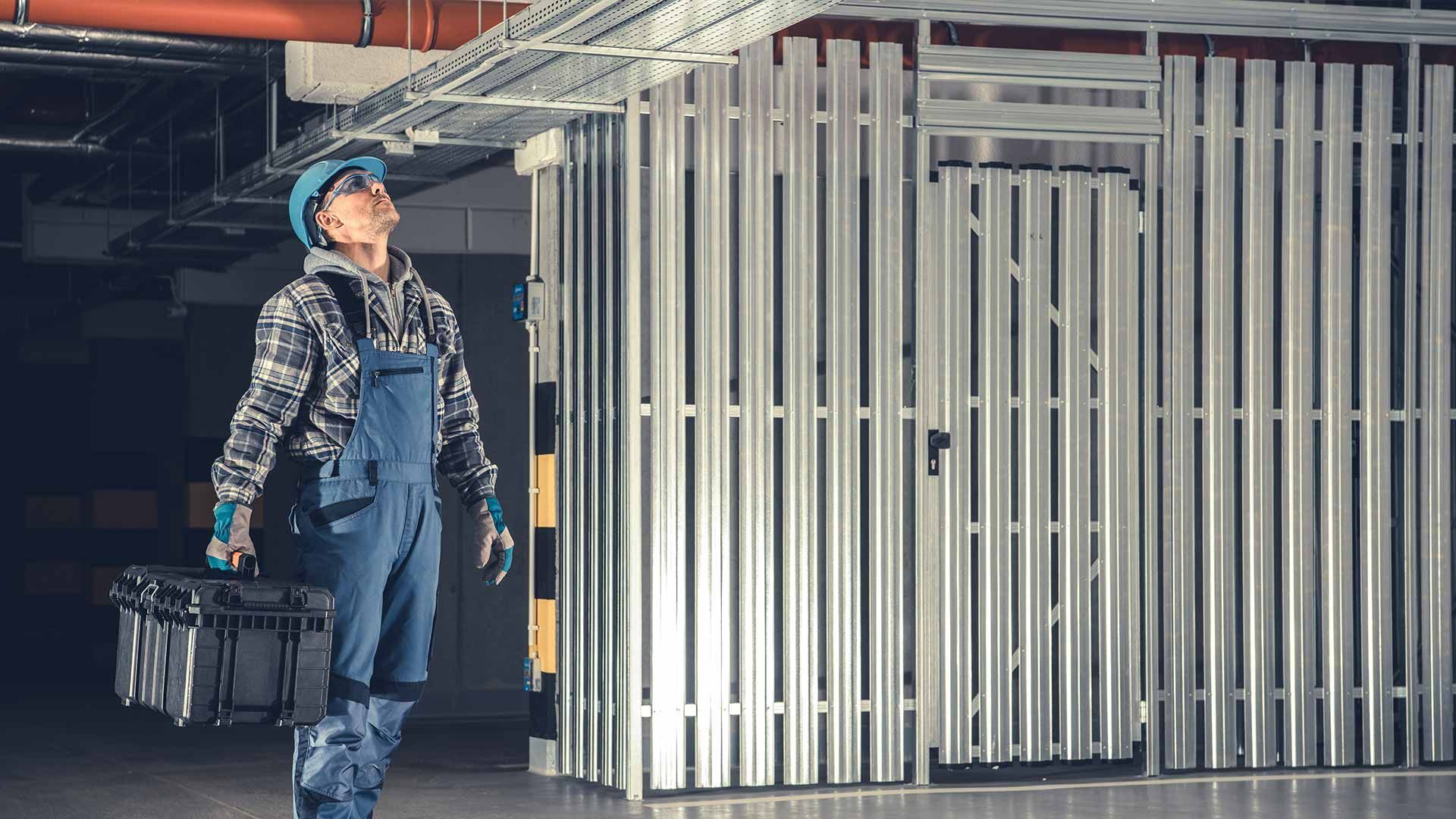Essential Guide to Installing a Sump Pump in Your Finished Basement: Boost Home Value and Prevent Water Damage
Invest in Peace of Mind: Why You Need a Sump Pump
A sump pump, though indiscreet and largely ignored until a problem arises, is one of the unsung heroes in every home with a basement. It effectively works behind the scenes, but when it springs into action, it plays a critical role in preventing undue water damage, which would be a disaster, especially in a finished basement. After all, who would want all that invested time, money, and efforts in finishing the basement to be ruined in a single flush of a devastating flood?
Albeit a simple device, the sump pump can do miracles in protecting your basement from
potential water hazards. By swiftly moving excess water away from your home, it mitigates the risks of water leaks, dampness and subsequent mold growth, keeping your basement and the entirety of your house in good condition.
Installing a sump pump in a finished basement not only preserves the integrity of your home but also boosts its value. A functional sump pump is a plus point in the real estate market, demonstrating that the house has essential preventive measures in place against flooding and other water damage-related issues. So, this investment not only promises peace of mind but also a higher return when it's time to sell your house.
However, like any other device, a sump pump requires regular maintenance to perform optimally. Remember to routinely inspect and clean it, especially before the rainy season. You'll need to check for any mechanical malfunction, gunk and silt build-up, or other irregularities. This regular maintenance not only extends the service life of your sump pump but also ensures that it’s prepared to deal with any emergencies, thereby saving you from any unforeseen catastrophic damages in your finished basement.
In conclusion, a sump pump installation in a finished basement poses a multitude of benefits. Protecting your basement from water damage, improving your home’s overall aesthetics and value, as well the assurance of security - all of these make a robust case for why installing a sump pump in your finished basement is worth it. So, if you haven’t installed one yet, you might just want to reconsider. Unforeseen circumstances involving water damage can be costly, but with a sump pump, you’re putting an effective safeguard in place, ensuring protection and tranquility.
Step 1: Determine If You Need a Sump Pump
Having a finished basement can be a great addition to your home, but it can also come with a few problems. One of the most common issues with a finished basement is the buildup of moisture, which can lead to mold or mildew growth as well as structural damage. The best way to prevent these issues is by installing a sump pump.
When determining whether or not you need to install a sump pump, it is important to check your basement walls for signs of moisture. If you notice any moisture, you will likely need to install a sump pump. Additionally, look for signs of water seeping into your basement, such as water stains on the walls or floors. Also, check the basement for any standing water. If there is standing water, you will need to install a sump pump.
In addition to checking for moisture, you should also consider whether the basement has good drainage or if there are drainage issues that could be causing the moisture. Check for any cracks or breaks in the foundation that could be allowing water to enter the basement. Finally, inspect the basement for signs of mold or mildew, which can be an indication of excessive moisture. Once you have identified any potential moisture issues, you can decide if a sump pump is necessary.
Step 2: Choose a Sump Pump
When you're looking to install a sump pump in a finished basement, there are several factors to consider. First, you'll need to determine the type of sump pump that best suits your needs. Do you need an automatic sump pump or a manual sump pump? Next, you'll need to determine the size of the sump pump you need.
Generally, the more water you need to pump out, the larger the sump pump should be. Additionally, consider the horsepower of the sump pump. The more horsepower, the more water the sump pump can pump out. It is also important to consider the materials of the sump pump. Most sump pumps are made of cast iron or stainless steel, but some may also have plastic or rubber components. You'll also need to decide if you want a submersible sump pump or a pedestal sump pump.
Submersible pumps are installed in the sump basin and are less noisy than pedestal pumps. Finally, you'll want to consider the warranty of the sump pump. Many sump pumps come with a warranty that covers the cost of repairs or replacement in the event of failure. By considering all these factors, you can be sure to choose the right sump pump for your finished basement.
Step 3: Install the Sump Pump and Discharge Pipe
Installing a sump pump in a finished basement is a great way to protect your home from flooding. It is important to carefully identify the best place in the basement to install the sump pump and the discharge pipe to maximize the effectiveness of the system. Digging a hole in the basement to fit the sump pump is the first step in the installation process.
Once the hole is dug, place the sump pump in the hole and make sure to secure it properly. Connect the discharge pipe to the sump pump and route it towards the outside of the house. To ensure that the water is flowing away from the foundation, make sure the discharge pipe is properly sealed and secured. If necessary, add a check valve to the sump pump to prevent backflow. Once the pipe is connected, fill the hole with gravel to keep the sump pump in place.
Finally, connect the electrical cord to a GFCI outlet and test the sump pump. Make sure the discharge pipe runs away from the house and that the water is flowing away from the foundation. With these steps, your sump pump installation in a finished basement will be complete.
Step 4: Test the Sump Pump
Having a sump pump in a finished basement is essential for keeping your basement dry and free from water damage. However, it is important to make sure your sump pump is working properly and efficiently. Here are some tips for maintaining your sump pump and ensuring it is working optimally.
First, make sure the float switch is working properly. The sump pump should activate when the float switch reaches a certain level of water in the basin. You should also check the power supply. Make sure the sump pump is plugged into the correct outlet and the outlet is working properly.
Next, test the sump pump by filling the basin with a few inches of water and observing the sump pump’s performance. Also, check for any signs of leakage. Inspect the sump pump and the surrounding area for any signs of leaking. Lastly, listen for any strange noises. If the sump pump is making any unusual noises, it could be a sign of a problem.
By following these tips, you can ensure your sump pump is working properly and efficiently. This will keep your basement dry and free of water damage for years to come.
Step 5: Maintain the Sump Pump
Having a finished basement adds extra living space to your home, but it also increases the risk of flooding if your sump pump fails. To ensure your basement stays dry and free from water damage, it is important to inspect your sump pump annually. This can help to identify any issues before they become a problem.
Start by removing any debris or dirt from the sump pump pit to make sure the intake is free from obstruction. Check for any signs of wear or damage on the sump pump, such as frayed electrical cords or broken parts. Make sure the sump pump is plugged into a grounded outlet and the outlet is GFCI protected. Also, check the discharge pipe to ensure it is free from obstructions and the water is being properly discharged.
It is also a good idea to test any backup systems your sump pump may have, such as a battery backup, to make sure they are working properly. Finally, if your sump pump is more than 10 years old, it is recommended to replace it with a newer model.
By taking these steps and inspecting your sump pump annually, you can help to prevent flooding in your finished basement and protect your home from water damage.
Conclusion
Having a finished basement is an excellent way to add additional living space to your home. However, one of the biggest problems with having a finished basement is the risk of flooding. The constant threat of water damage can be overwhelming, but there is a solution: installing a sump pump. Frati Plumbing is the leading provider of sump pump installation services in the area.
They have a team of experienced professionals who will help you select the perfect sump pump for your basement and ensure a safe and secure installation. Frati Plumbing offers free estimates and a satisfaction guarantee, so you can trust that you’re getting the best service possible.
Contact Frati Plumbing today at (707) 217-2712 to protect your basement from flooding and enjoy the peace of mind that comes with having a sump pump installed.




